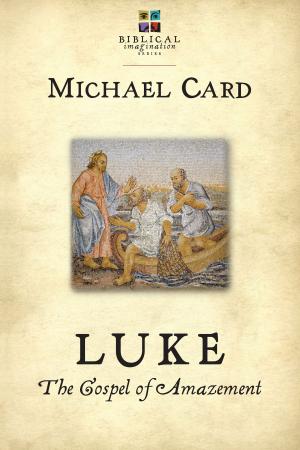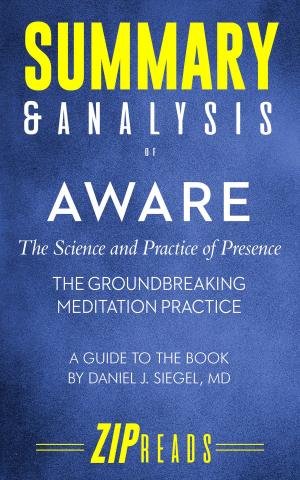The Seven Signs Through the Eyes of John
Nonfiction, Religion & Spirituality, Bible & Bible Studies, New Testament, Meditations| Author: | D. Matthew Wilcox | ISBN: | 9781301596331 |
| Publisher: | D. Matthew Wilcox | Publication: | January 13, 2013 |
| Imprint: | Smashwords Edition | Language: | English |
| Author: | D. Matthew Wilcox |
| ISBN: | 9781301596331 |
| Publisher: | D. Matthew Wilcox |
| Publication: | January 13, 2013 |
| Imprint: | Smashwords Edition |
| Language: | English |
The Gospel of John is unique in that it contains a plethora of dialogue attributed to Jesus, the Son of God. It is rivaled only by the Gospel of Matthew in this respect. We attribute this fixation on the words of Jesus by John to what we consider to be his unique trait, one that he had in common with the prophet Isaiah: He was eagerly awaiting the Jewish Messiah.
The seven miracles of Jesus that John chose to include in his Gospel are important, for John wrote the Gospel near the end of his long life, sometime between the years 90 and 100 CE (He is presumed to have died in 100 CE at 94 years of age), almost 70 years after Jesus had walked the earth.
John witnessed many miracles performed by Jesus, as he was with him throughout his earthly ministry, beginning with his (Jesus') baptism by John the Baptist. John witnessed so many miracles that he saw fit to state in his Gospel,
"20:30 Therefore Jesus did many other signs in the presence of his disciples, which are not written in this book; 20:31 but these are written, that you may believe that Jesus is the Christ, the Son of God, and that believing you may have life in his name."
So why were these seven signs chosen by John, who perhaps knew Jesus better than anyone while He was walking the earth? It is the aim of this book to answer this question.
The Gospel of John is unique in that it contains a plethora of dialogue attributed to Jesus, the Son of God. It is rivaled only by the Gospel of Matthew in this respect. We attribute this fixation on the words of Jesus by John to what we consider to be his unique trait, one that he had in common with the prophet Isaiah: He was eagerly awaiting the Jewish Messiah.
The seven miracles of Jesus that John chose to include in his Gospel are important, for John wrote the Gospel near the end of his long life, sometime between the years 90 and 100 CE (He is presumed to have died in 100 CE at 94 years of age), almost 70 years after Jesus had walked the earth.
John witnessed many miracles performed by Jesus, as he was with him throughout his earthly ministry, beginning with his (Jesus') baptism by John the Baptist. John witnessed so many miracles that he saw fit to state in his Gospel,
"20:30 Therefore Jesus did many other signs in the presence of his disciples, which are not written in this book; 20:31 but these are written, that you may believe that Jesus is the Christ, the Son of God, and that believing you may have life in his name."
So why were these seven signs chosen by John, who perhaps knew Jesus better than anyone while He was walking the earth? It is the aim of this book to answer this question.















